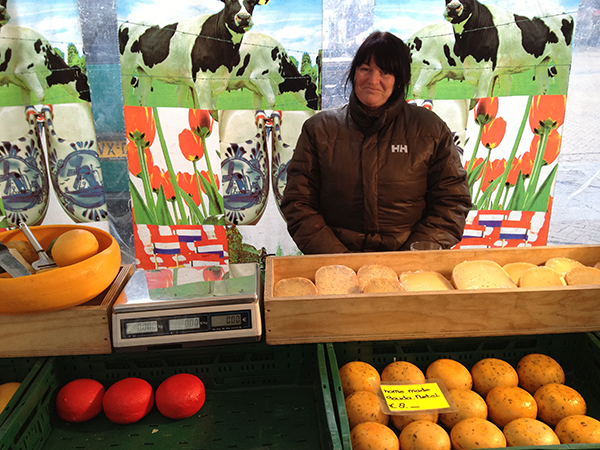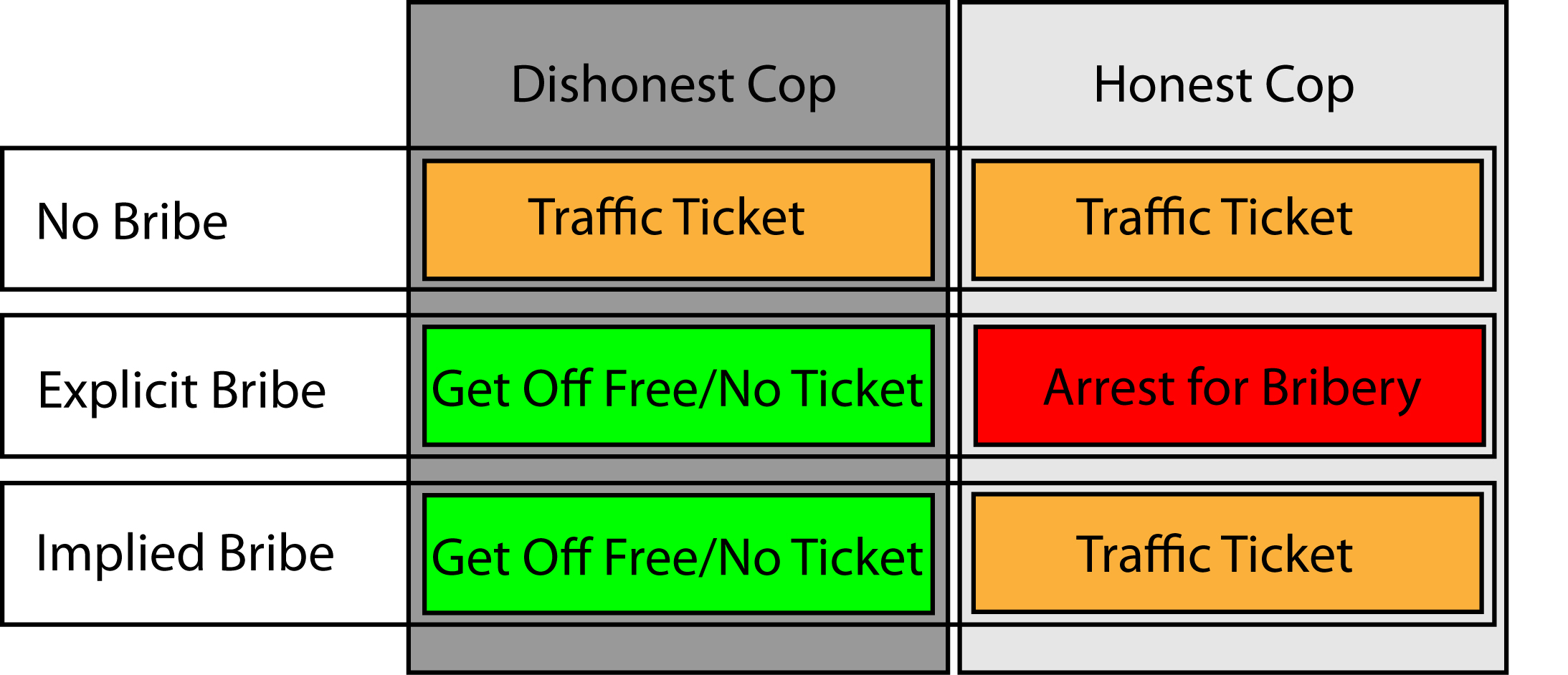
Last week, we went to listen to a talk by Daniel Kahneman and by coincidence I’ve just finished reading his book, Thinking Fast and Slow, just a few months ago. The ideas in the book are amazing and worth a read (it would be great if the two academic papers included in the back of the book and for which Dr. Kahneman received his Nobel Prize in Economics were printed in a font larger than 8 points!). And a few days after the lecture, I was struck by an obvious application of his ideas, or more to the point, how his experiential self versus remembering self concepts help explain the customer service phenomenon. It has been known for a long time that politeness of error messages and civility of customer service play a strong roll in how the experience with the product is remembered. Above a small portion of the Google Image Search results for “error messages”. The internet is full of these because people get so irked by such messages that they want to share their bad experiences with others. The results are just as illuminating for “bad customer service stories”. Again, a good bad story has legs! But…




